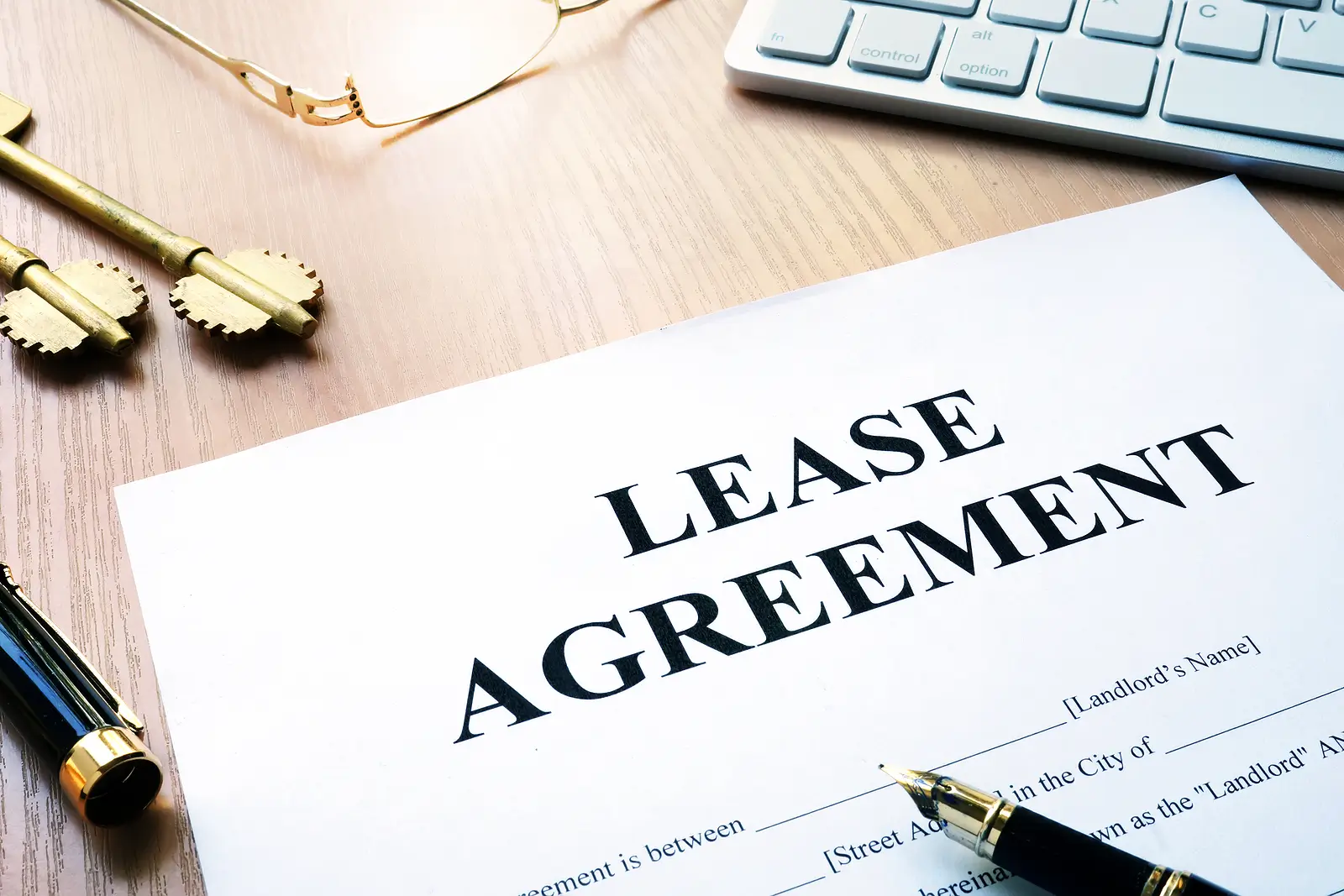Creating a detailed lease agreement is one of the most important steps you can take to protect your rental investment in Salt Lake City. The lease serves as the legal foundation of the landlord-tenant relationship, whether you're leasing out a residential or commercial property. A clear, thorough lease not only helps prevent disputes, it also sets expectations and protects your rights as a property owner.
In this blog, we’ll explore the seven key elements every Salt Lake City lease agreement should include.
1. Names of All Tenants and Occupants
A strong comprehensive lease agreement should list every adult who will be living in the rental unit. Each tenant should sign the lease agreement to ensure they're all equally responsible for rent payment and following the lease terms. This is essential for enforcing lease clauses in the event of tenant defaults, or when trying to recover rent paid or damages. It also prevents unauthorized occupants from residing at the leased property long-term without your knowledge.
2. Lease Term and Renewal Details
Your lease should clearly define whether the rental agreement is a fixed-term lease (such as one year) or a month-to-month lease. Include specific lease term dates such as the move-in day and lease termination date. Whether the lease auto-renews or ends unless renewed manually should also be stated.
This protects both you and your prospective tenants by ensuring expectations are clear and avoids confusion when you decide to end or extend the agreement. In Salt Lake, clarity here helps reduce conflicts and turnover.
3. Rent Payment Terms
This section is critical for maintaining cash flow and reducing disputes.
Clearly outline:
The monthly rent amount
The date tenants must pay rent
Accepted utility payments and methods
Any late fees, grace periods, or penalties
Additional charges for failed online payments or returned checks
Consistent and clear rent payment instructions help inform tenants of their financial responsibilities. Whether you manage your residential property independently or work with a professional team, having this in writing is a must.
4. Security Deposit Terms
Be specific about the security deposit requirements.
Including:
Total tenant's security deposit amount
Deadlines for payment and acceptable methods
Conditions for deductions (e.g., property damage, unpaid rent)
Timeframe for returning the deposit (Utah law requires within 30 days)
You should also outline whether any part of the security deposit is non-refundable and include a move-in checklist for documenting the personal property condition. This step helps resolve conflicts if the tenant disputes deposit deductions after move-out.
5. Maintenance Responsibilities and Requests
One of the top sources of frustration for both landlords and tenants is misunderstanding over tenant responsibilities for maintenance.
Clarify:
Tenant duties (like replacing filters or cleaning common areas)
What you, the property owner, will handle (e.g., HVAC, leaks)
How tenants can request maintenance
Your expected response times for routine and emergency issues
Setting these expectations early minimizes confusion and keeps your residential leases running smoothly.
6. Rules on Pets, Smoking, and Guest Policies
If your rental property allows pets, outline any breed or size restrictions, monthly rent surcharges, or pet deposits. Clearly state your smoking policy, whether it’s banned indoors or prohibited entirely.
You may also want to include rules about guests. For example, inform tenants that extended guest stays (such as beyond 14 days) require written approval. These lifestyle rules not only protect your rental property but also reduce potential complaints from neighbors or HOA boards.
7. Legal Disclosures and Compliance
Salt Lake City landlords must follow state and local laws when crafting a legally binding contract like a lease agreement.
Ensure your lease includes:
Compliance with Utah’s Landlord-Tenant Act
Lead-based paint disclosures for homes built before 1978
Any local rules for short-term rentals, inspections, or abandoned personal property
Don’t forget to include a clause noting that the lease is governed by Utah law and explain how disputes will be resolved, whether through court or mediation. This gives all parties a clear guide for handling issues if they arise.
Bonus Tip: Customize for Salt Lake City’s Market
Tenants in Salt Lake often seek specific features, such as smart home upgrades, snow removal, garages, or in-unit laundry. Use your lease agreement to highlight how these features are maintained and who’s responsible. For example, include seasonal items like sprinkler care or snow clearing to prevent confusion.
Simplify the Lease Process with Professional Support
Writing a legally compliant and thorough lease agreement protects your Salt Lake City rental property, prevents costly legal issues, and ensures tenants know what to expect. But as laws and best practices evolve, so should your lease.
At Envy Property Management, we specialize in creating and enforcing effective residential leases that keep your properties protected and tenants happy. We stay up to date with Utah rental laws and help property owners like you avoid pitfalls. Whether you're managing one unit or an entire residential or commercial property portfolio, our team can help streamline your leasing process.
Contact us today to learn how we can support your success and ensure your lease agreements meet every legal and operational standard.
FAQs: Lease Agreement Essentials for Salt Lake City Property Owners
1. Can I include specific rules about abandoned personal property in my lease?
Yes. It's smart to include a clause outlining what will happen if a tenant leaves personal property behind after moving out. Under Utah law, landlords are typically required to store abandoned personal property for a specific time and notify tenants before disposing of it. Detailing this process in the lease agreement helps avoid disputes.
2. What’s the difference between a fixed-term lease and a month-to-month rental agreement?
A fixed-term lease has a clear start and end date (e.g., 12 months), while a month-to-month lease automatically renews each month until either party provides written notice to terminate. Both types should specify the lease termination date and the notice period required, helping both the landlord and tenant plan accordingly.
3. Am I required to inform tenants of HOA rules or community guidelines?
If your rental property is located within an HOA or governed community, you should inform tenants of applicable rules in writing. These can include regulations on parking, landscaping, noise, and shared space use. Including this in the residential lease or as an addendum ensures tenants are aware and accountable.


